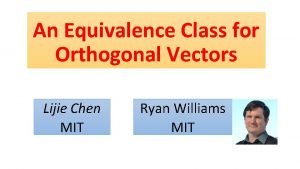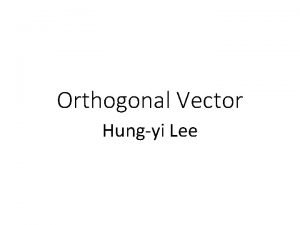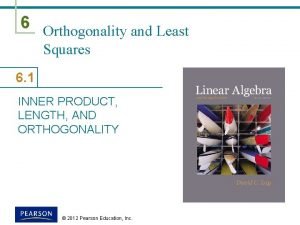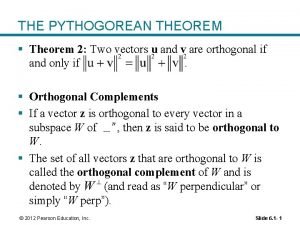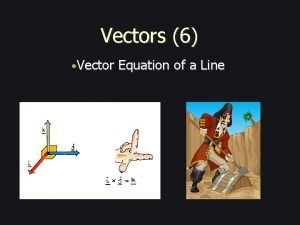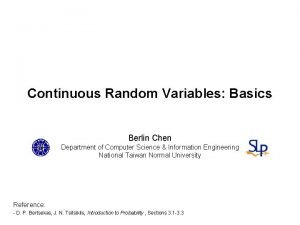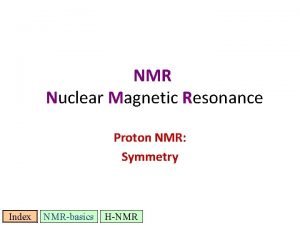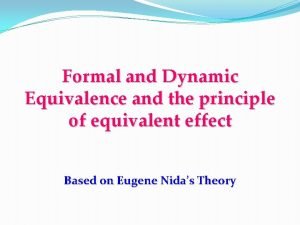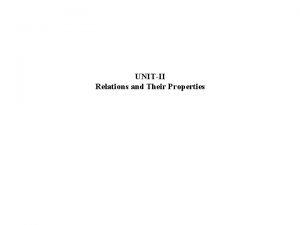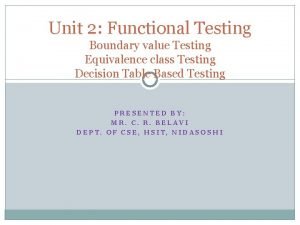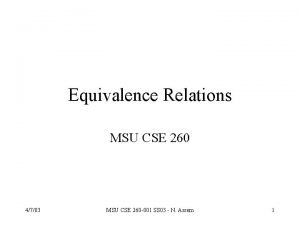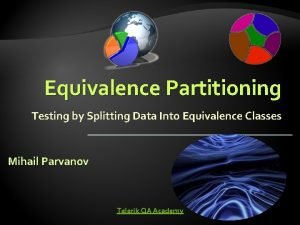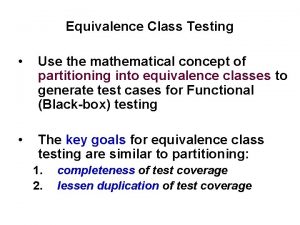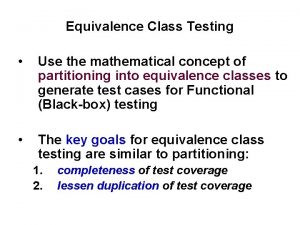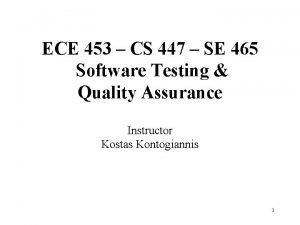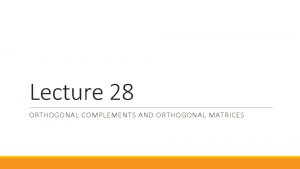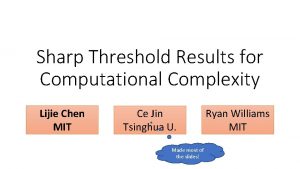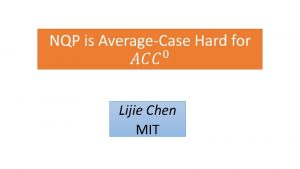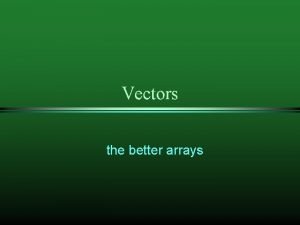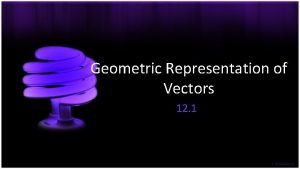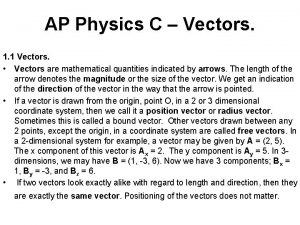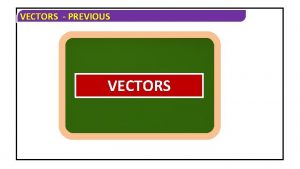An Equivalence Class for Orthogonal Vectors Lijie Chen
















- Slides: 16

An Equivalence Class for Orthogonal Vectors Lijie Chen MIT Ryan Williams MIT

Fine-Grained Complexity: “Modern” NP-completeness Many Conceptual Similarities NP-Completeness Weapons (Reductions) Which problems require super-poly time? Basic Questions Basic Assumptions Fine-Grained Complexity Karp-reduction Fine-Grained Reduction

The Key Conceptual Difference NP-completeness Fine-Grained Complexity Hamiltonian Path Orthogonal Vectors Vertex Cover Max-Clique Edit Distance Backurs and Indyk 2015 Approx. Bichrom. Closest Pair Sparse-Graph-Diameter Thousands of NP-complete problems form an equivalence class Rubinstein 2018 Roditty and V. Williams 2013 Few Problems are known To be Equivalent to OV Except for the APSP equivalence class

Why we want an Equivalence Class? I What does an equivalence class mean? A super strong understanding of the natural of computation! All problems are essentially the same problem! Hamiltonian Path Max-Clique Vertex Cover We cannot say “Edit Distance is just OV in disguise” These NP-complete problems are just SAT “in disguise”!

Why we want an Equivalence Class? II Consequence of an equivalence class If “just one” NP-complete problem requires super-poly time, then all of them do Orthogonal Vectors Hamiltonian Cycle Edit Distance Vertex Cover Max-Clique Approx. Bichrom. Closest Pair Sparse-Graph-Diameter

This Work • Other related results (See the paper!) • A new algorithm for approximate Min-IP. • Some tighter reductions. • Some equivalence results in “moderate” dimensions. • A (sub-optimal) reduction from 3 -SUM to 3 -OV.

A New Equivalence Class for OV

Equivalence in Data Structure Setting Theorem (Informal) Such a fast DS exists for Partial Match if and only if such a fast DS exists for approx. NNS

Technique: Two Reduction Frameworks


Application

Framework II : Locality-Sensitive Hashing

Framework II : Locality-Sensitive Hashing Applications Approx Bichrom. Closest Pair/ Furthest Pair w. r. t. all the above metrices are equivalent to OV

A New Algorithm for Approximate Min-IP

Open Problems Find More Problems Equivalent to OV Unequivalence Results?

Thank you! Questions?
 Lijie chen
Lijie chen Define orthogonal set
Define orthogonal set Orthogonal vectors
Orthogonal vectors Pythogorean
Pythogorean Vectors parallel
Vectors parallel Chen chen berlin
Chen chen berlin Diastereotopic protons
Diastereotopic protons Nida dynamic equivalence
Nida dynamic equivalence Koller 5 types of equivalence
Koller 5 types of equivalence Equivalence class
Equivalence class Decision table for next date problem
Decision table for next date problem Forwarding equivalence class
Forwarding equivalence class Equivalence class
Equivalence class Example of equivalence partitioning
Example of equivalence partitioning Weak robust equivalence class testing
Weak robust equivalence class testing Equivalence classes testing
Equivalence classes testing Se 465
Se 465
